Choosing the Right Frame Style for You: Step-Through or Step-Over Bikes
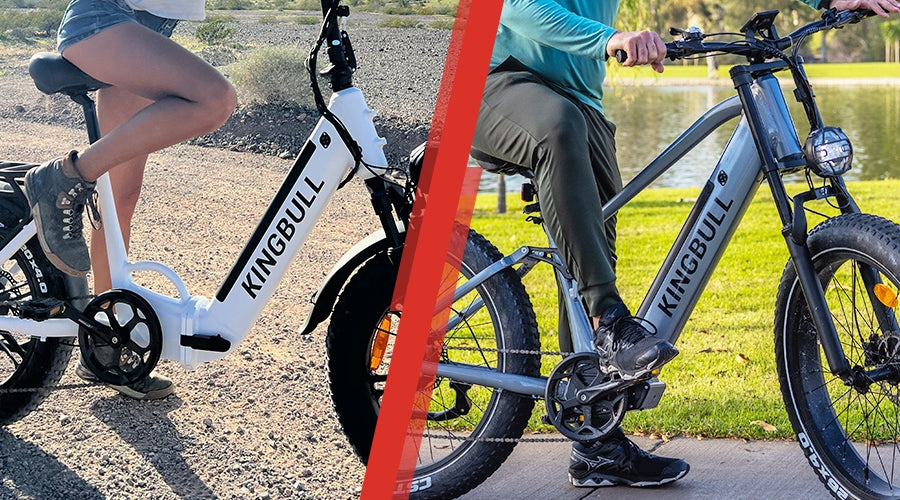
When it comes to choosing a bike, one of the first decisions you'll need to make is whether to go for a step-through or a step-over frame design. Both options have their own set of advantages and considerations, making the decision a crucial one for anyone looking to purchase a new bike. In this article, we'll explore the differences between step-through and step-over bikes, weighing the pros and cons of each to help you determine which style is better suited to your needs and preferences.

Understanding Step-Through Bikes
Step-through bikes, also known as low-step or open-frame bikes, feature a frame design with a low top tube that allows riders to easily mount and dismount the bike without having to lift their leg over the frame.
This design is particularly popular among riders who may have mobility issues, such as seniors or individuals with hip or knee problems, as it reduces the need for lifting their legs high to straddle the bike. Additionally, step-through bikes are favored by commuters and city riders because the frame design offers the most upright riding position, which enhances comfort during urban cycling.
Pros of Step-Through Bikes:
-
Easy Mounting and Dismounting: The low-step frame design makes it effortless to get on and off the bike, which can be especially beneficial for riders with limited mobility or flexibility. Whether you're navigating through crowded city streets, stopping frequently at traffic lights, or simply hopping on and off for quick errands, the convenience of easy mounting and dismounting enhances the overall riding experience.
-
Comfortable Riding Position: Step-through bikes often feature a more upright riding position compared to traditional diamond-frame bicycles. This ergonomic design promotes a comfortable and relaxed posture, reducing strain on the back, neck, and shoulders. The upright riding position also provides better visibility of the road ahead, enhancing safety and confidence, particularly during leisurely rides or casual commutes.
-
Accessibility: Step-through bikes are accessible to a wide range of riders, including those with mobility restrictions, balance issues, or age-related concerns. The low-step frame eliminates the need for lifting the leg high to straddle the bike, making it easier for individuals with hip, knee, or joint problems to enjoy cycling. Additionally, the accessibility of step-through bikes extends to riders of varying heights and body types, ensuring a comfortable and inclusive riding experience for everyone. Whether you're a seasoned cyclist or a beginner, step-through bikes offer a user-friendly and welcoming option for exploring the joys of cycling.
- Convenience for Cargo Transport: Step-through bikes are particularly convenient for transporting cargo. The open-frame design allows for easier loading and unloading of bulky items, such as groceries, packages, or work equipment. This makes step-through bikes an ideal choice for commuters, delivery riders, and anyone who needs to transport goods while cycling. Additionally, many cargo-type electric bikes are designed with step-through frames, further enhancing their practicality and utility for everyday transportation needs.

Cons of Step-Through Bikes:
- Limited Frame Sizes: Step-through frames often offer fewer size options compared to step-over frames, which can be a limitation for riders with specific height requirements or body proportions. This may result in some riders compromising on fit and comfort, as they may not be able to find a step-through bike that perfectly matches their individual measurements. Additionally, the limited availability of larger frame sizes in step-through models may exclude taller riders from accessing the benefits of this frame style, further narrowing the options for certain demographics.
- Perception of Femininity: There is a longstanding perception that step-through bikes are more traditionally associated with female riders, which may influence some male riders' preferences when choosing a bike. This perception stems from historical marketing and cultural norms that have portrayed step-through bikes as more feminine or dainty in comparison to the rugged and masculine image often associated with step-over bikes. As a result, some male riders may feel hesitant to opt for a step-through bike due to concerns about gender identity or societal expectations. However, it's important to recognize that bike design preferences should be based on individual comfort, functionality, and riding needs, rather than conforming to gender stereotypes. Ultimately, the choice between a step-through or step-over bike should be guided by practical considerations and personal preference, rather than perceived gender norms.
- Not Suitable for Off-Road Mountain Biking: Another limitation of step-through bikes is their unsuitability for off-road mountain biking. The design of step-through frames lacks the necessary rigidity and stability required to handle the rough, technical terrain typically encountered on mountain biking trails. The lower structural integrity of step-through frames may compromise handling and responsiveness, particularly during aggressive maneuvers or challenging descents. Additionally, the absence of a traditional top tube increases the risk of frame flex and instability when navigating rocky terrain or performing jumps and drops. Therefore, for riders seeking the thrills and challenges of off-road mountain biking, step-through bikes may not offer the durability, control, and performance capabilities needed to tackle demanding trails effectively.

Understanding Step-Over Bikes
Step-over bikes, also known as high-step or diamond-frame bikes, feature a traditional frame design with a high top tube that requires riders to swing their leg over the frame when mounting and dismounting. This frame style is commonly found in road bikes, mountain bikes, and performance-oriented bicycles.
The high-step frame design of step-over bikes provides superior structural integrity and stability, making them well-suited for demanding riding conditions. This robust frame construction allows step-over bikes to withstand the rigors of off-road mountain biking, where riders encounter rough terrain, steep descents, and technical obstacles. Additionally, step-over bikes excel in road cycling, offering efficient power transfer and precise handling for long-distance rides, sprinting, and climbing.
Pros of Step-Over Bikes:
- Superior Structural Integrity: Step-over bikes feature a traditional frame design with a high top tube, providing superior structural integrity and stability. This robust construction makes step-over bikes well-suited for demanding riding conditions, including off-road mountain biking and high-speed road cycling.
- Versatility: Step-over bikes are commonly found in various cycling disciplines, including road biking, mountain biking, and performance-oriented riding. Their versatile design allows cyclists to tackle a wide range of terrain and riding styles, from smooth city streets to rugged mountain trails.
- Aggressive Riding Position: The high top tube of step-over bikes facilitates a more aggressive riding position, allowing cyclists to maximize their power output and minimize wind resistance. This makes step-over bikes ideal for competitive racing, time trials, and fast-paced group rides where aerodynamics are crucial.

Cons of Step-Over Bikes:
- Accessibility: The high top tube of step-over bikes can pose accessibility challenges for some riders, particularly those with mobility issues or limitations. Mounting and dismounting a step-over bike may require greater flexibility and coordination, making it less accessible for individuals with hip, knee, or joint problems.
- Frame Size Limitations: Step-over bikes may offer fewer size options compared to step-through or mixte frame styles, limiting choices for riders with specific height requirements or body proportions. This could result in some riders compromising on fit and comfort, as they may not be able to find a step-over bike that perfectly matches their individual measurements.
- Potential for Injury: The high top tube of step-over bikes increases the risk of injury in the event of a fall or accident. Cyclists may experience greater impact on the groin area or inner thighs if they come into contact with the top tube during a crash, potentially leading to bruising, abrasions, or more serious injuries.
Choosing the Right Frame Style for You
When deciding between a step-through and step-over bike, it's essential to consider your individual needs, preferences, and riding style. If ease of mounting and dismounting, comfort, and accessibility are your top priorities, a step-through bike may be the best option. However, if you prioritize performance, versatility, and a traditional frame design, a step-over bike might better suit your needs.
Ultimately, the choice between a step-through and a step-over bike comes down to personal preference and intended use. Take the time to test ride both types of bikes and consider factors such as comfort, stability, and ease of use before making your decision. By choosing the right frame style for you, you can enjoy a more enjoyable and fulfilling riding experience for years to come.
Conclusion
whether you opt for a step-through or a step-over bike ultimately depends on your individual needs, preferences, and riding style. Step-through bikes offer easy mounting and dismounting, making them ideal for commuters, casual riders, and those with mobility issues. On the other hand, step-over bikes provide a traditional frame design that offers better stability and performance for more aggressive riding styles and terrain. Whichever style you choose, the most important thing is to find a bike that feels comfortable and suits your riding needs. By carefully considering the factors outlined in this article, you'll be well-equipped to make an informed decision and find the perfect bike for your adventures on the road or trail.




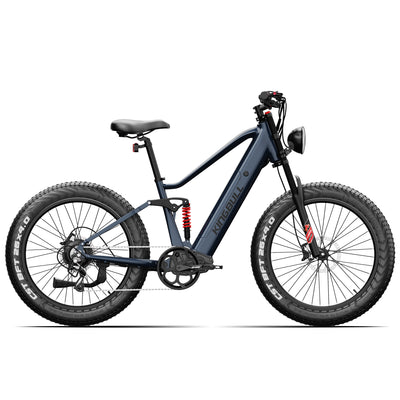
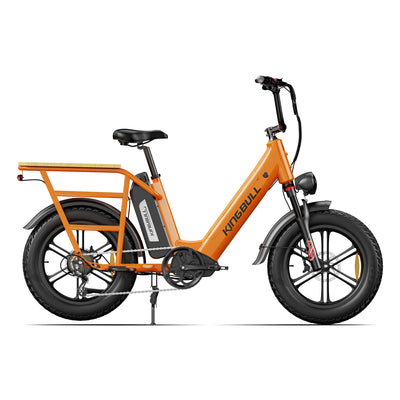
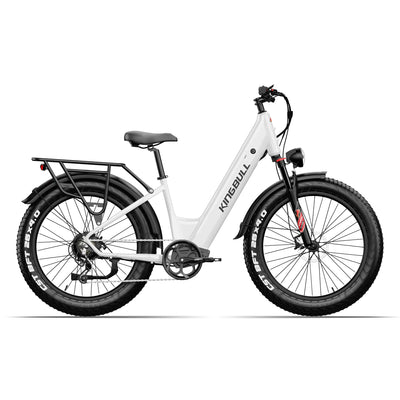
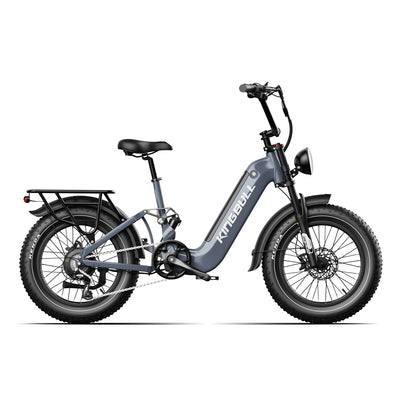




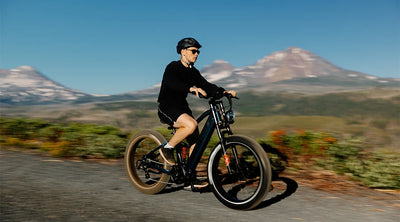



















Leave a comment